When we were arriving at Villagarcia de Campos, in the region of Torozos Mountains less than 60 kilometers west of the city of Valladolid, they told me that we were going to visit a collegiate church that was known as the “small Escorial".
It was about the Collegiate Church of San Luis, which had been built in the 16th century with a clear inspiration in the Basilica of the Escorial monastery.
Passing by the remains of what was a castle, which is now being rehabilitated, I learned that this small town of less than 400 inhabitants had an outstanding milestone in its history.
In that castle-palace spent his childhood Jerome, the natural son of Emperor Charles V, whose paternity was recognized by Felipe II, and became known as Juan de Austria.
Don Luis de Quijada And his wife Doña Magdalena de Ulloa were the tutors of John of Austria, and it was the latter that ordered the construction of the Collegiate Church of San Luis in Villagarcía de Campos to serve as a pantheon for her husband and herself.
It is thought that in the construction of the collegiate church in style herrerian renaissance, which was completed in 1580, the Jesuit participated Guiseppe Valeriano, who was a friend of Juan de Herrera, the architect of the aforementioned Escorial monastery.
All the information in detail
What to see when visiting the Villagarcía Campos Collegiate Church
The result is that now when you get to visit the Collegiate Church of Villagarcía de Campos, during your route through the province of Valladolid, in its interior layout you will undoubtedly recognize certain reminiscences of the aforementioned basilica of the El Escorial monastery.
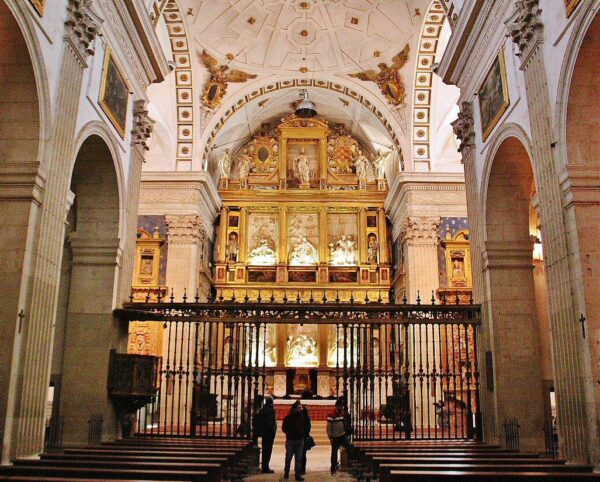
It is precisely inside where all the artistic wealth of the city is concentrated. collegiate church.
From its exterior, the only thing worth highlighting is its very austere façade, which follows the model of all the churches in the area. Jesus company, congregation that now continues to run it.
I also tell you that you do not expect to find an isolated church, but that the collegiate church is located next to other buildings, since later a church was attached to it. school-novitiate.
The church has the characteristic Latin cross profile, with three naves separated by very robust columns, and three chapels on each side.
It will undoubtedly catch your attention altarpiece of the High Altar, built according to the design of Juan de Herrera, and with various sculptures made of alabaster.
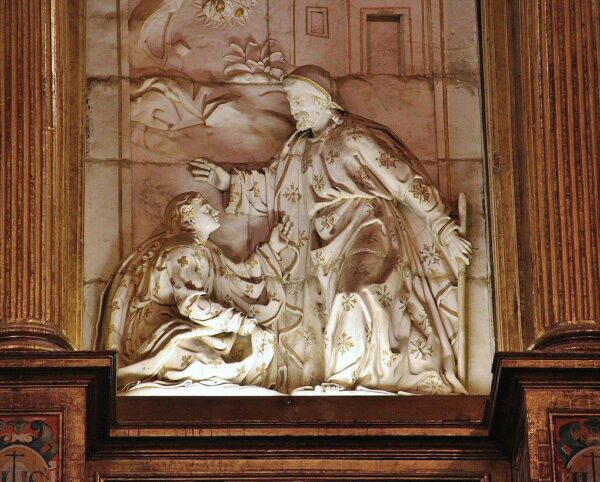
On both sides there are two altarpieces with sculptures of St. Ignatius of Loyola y Saint francis javier.
Chapel of the Reliquary of the Collegiate Church of Villagarcía de Campos
Now, without a doubt, the great artistic corner for the Villagarcía de Campos Collegiate Church It is called Reliquary Chapel.
To understand the reasons that led to the construction of this chapel, a miniature church filled on all sides with small sculptures and sumptuous reliquaries that house what are supposed to be relics of numerous saints, we must go back to the 16th century.
After Trento council the rise of the Counter Reformation, a time in which the cult of relics of saints It was one of the expressions of opposition against Protestant ideas.

And in that context, Doña Magdalena de Ulloa, a great devotee of the sacred relics, ordered the construction of the aforementioned Reliquary Chapel.
You will surely be surprised by this corner where you can see more than 50 statues made by Tomas de Sierra, 42 of them small.
Villagarcía de Campos Collegiate Church Museum
Other rooms to visit in what is the Museum of the Collegiate Church of Villagarcía de Campos, are the sacristy, with various priestly ornaments, some from the 16th century, or the Novitiate Chapel.
Finally, it is worth highlighting the Crypt located under the High altar; The tombs of Don Luis y Mrs. Magdalena.
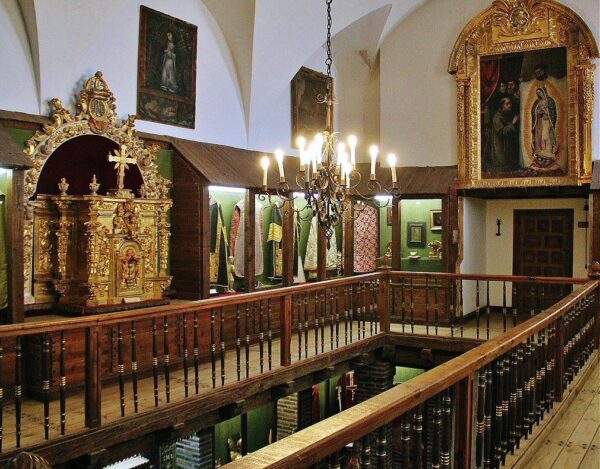
Visiting times for Villagarcía de Campos Collegiate Church
La You can visit the Collegiate Church of Villagarcía de Campos on guided tours from April to October, at the following times: Fridays, from 17,30:19 p.m. to 10,30 p.m.; Saturdays, from 12:12 a.m. to 13,30 p.m., from 17,30 p.m. to 19:10,30 p.m., and in the afternoons, from 12:12 p.m. to 14 p.m.; and Sundays and holidays, from XNUMX:XNUMX a.m. to XNUMX p.m., and from XNUMX p.m. to XNUMX p.m.
ORGANIZE your TRIP
- Don't forget your TRAVEL INSURANCE with a 5% discount
- Book the HOTEL for your trip
- RENT a CAR for your trip
- The best TOURS and EXCURSIONS in Spanish
- NO-LINE TICKETS for museums and monuments
- Best FREE TOURS around the world
- Book your TRANSFER from the airport
- eSIM card with INTERNET at the best price
During the rest of the year you can visit it on Saturday mornings, from 12 to 13,30:XNUMX p.m.
La Visiting the Collegiate Church of Villagarcía de Campos is free.
Here you have the contacts for book guided tours: tel +34 983 717 032 and museo@museovillagarcia.es.
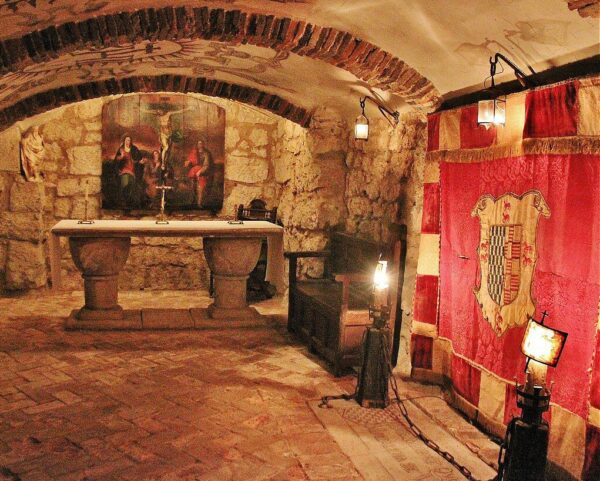
How to get to Villagarcía de Campos Collegiate Church
La Collegiate Church of San Luis in Villagarcía de Campos It is located 52 kilometers west of the city of Valladolid, where you can arrive in 45 minutes by car.
Photos Villagarcía Campos Collegiate Church
Here you have more photos of the Collegiate Church of San Luis, riding a Villagarcia de Campos, in Valladolid.


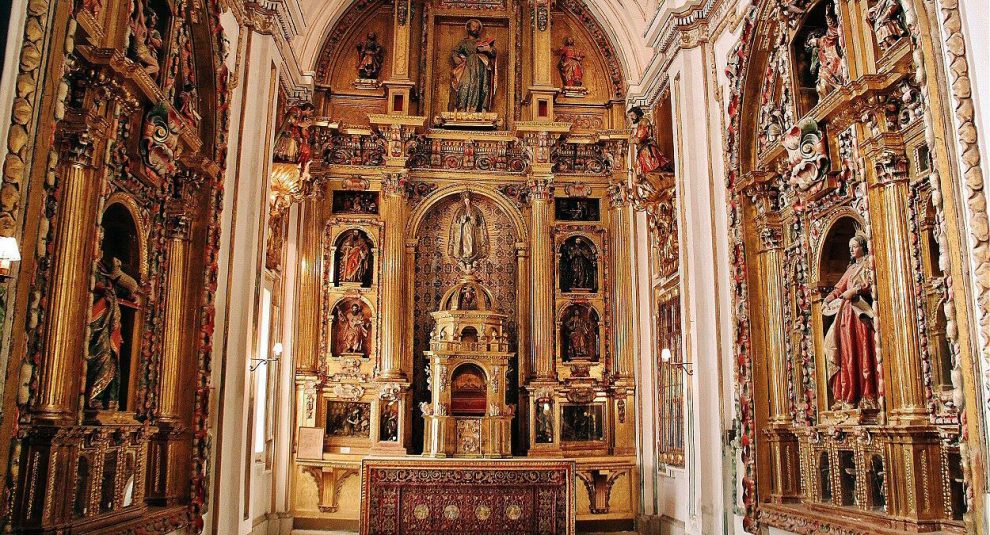

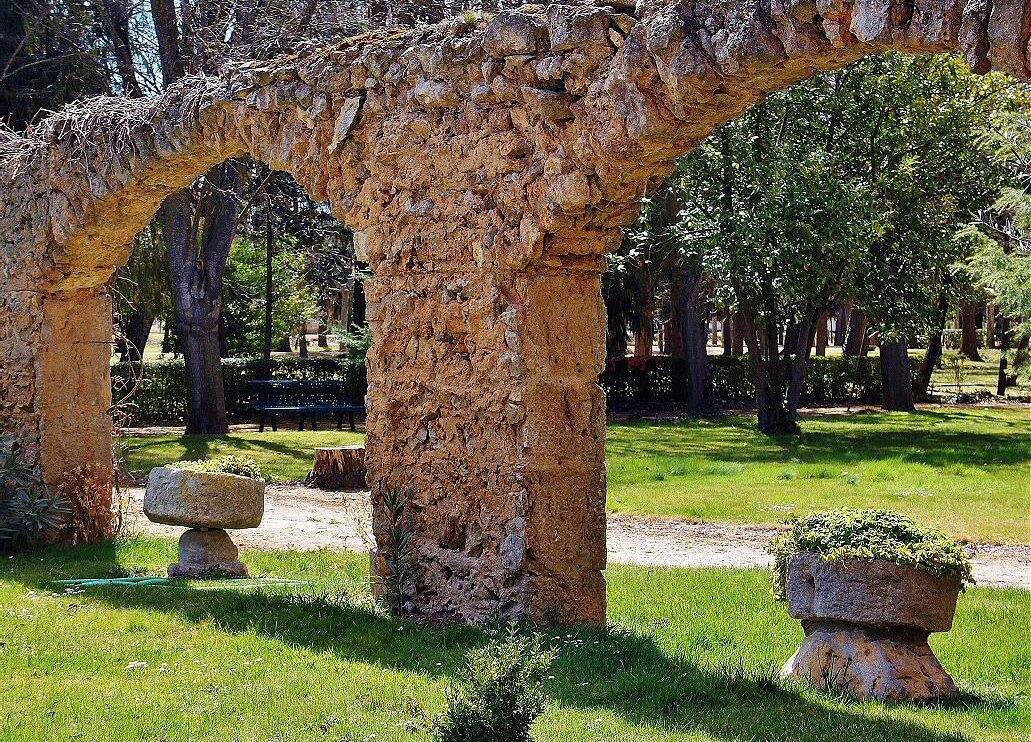
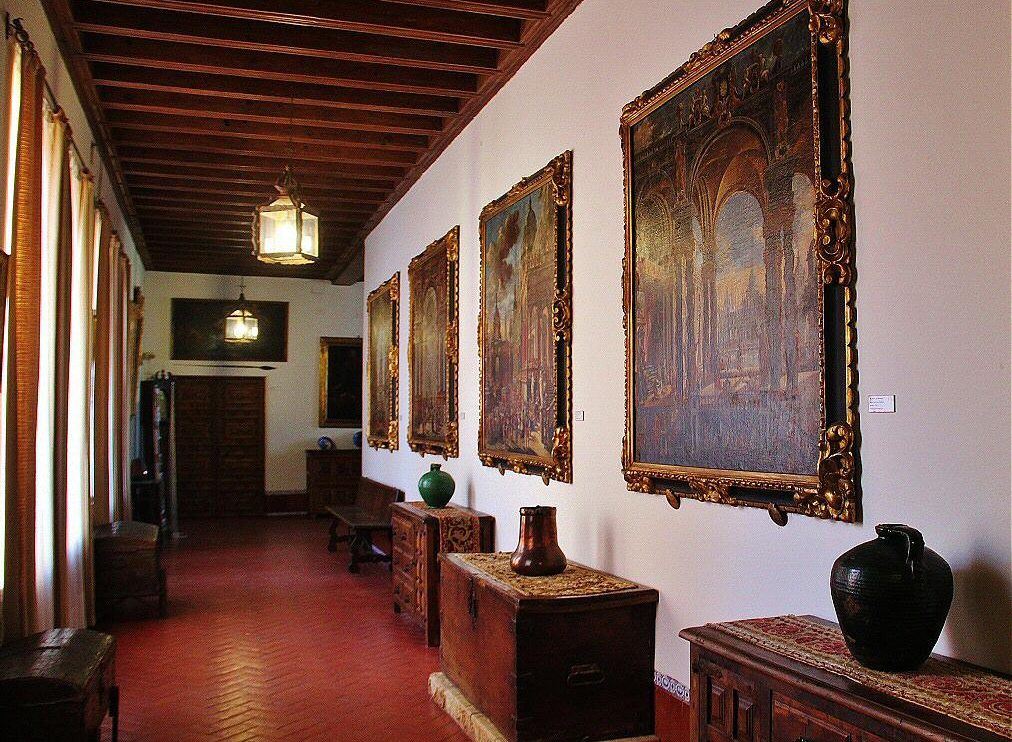
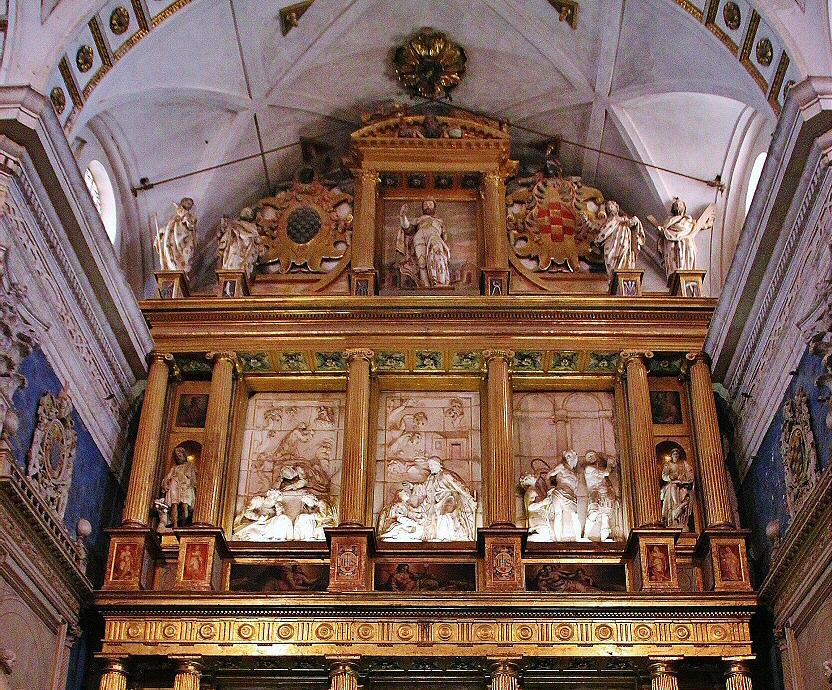
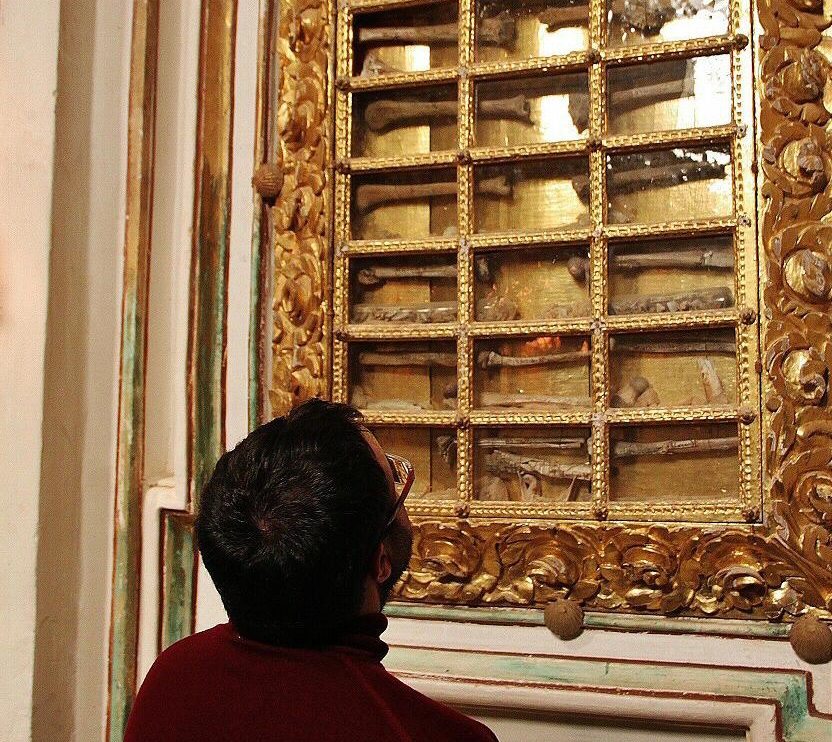
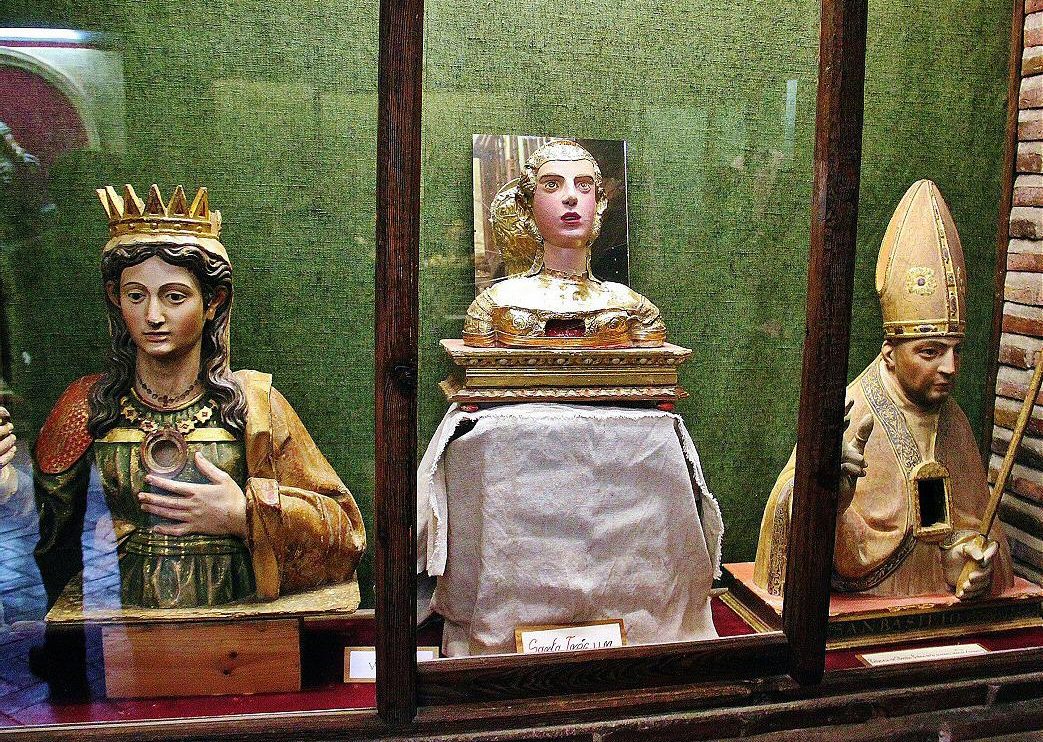
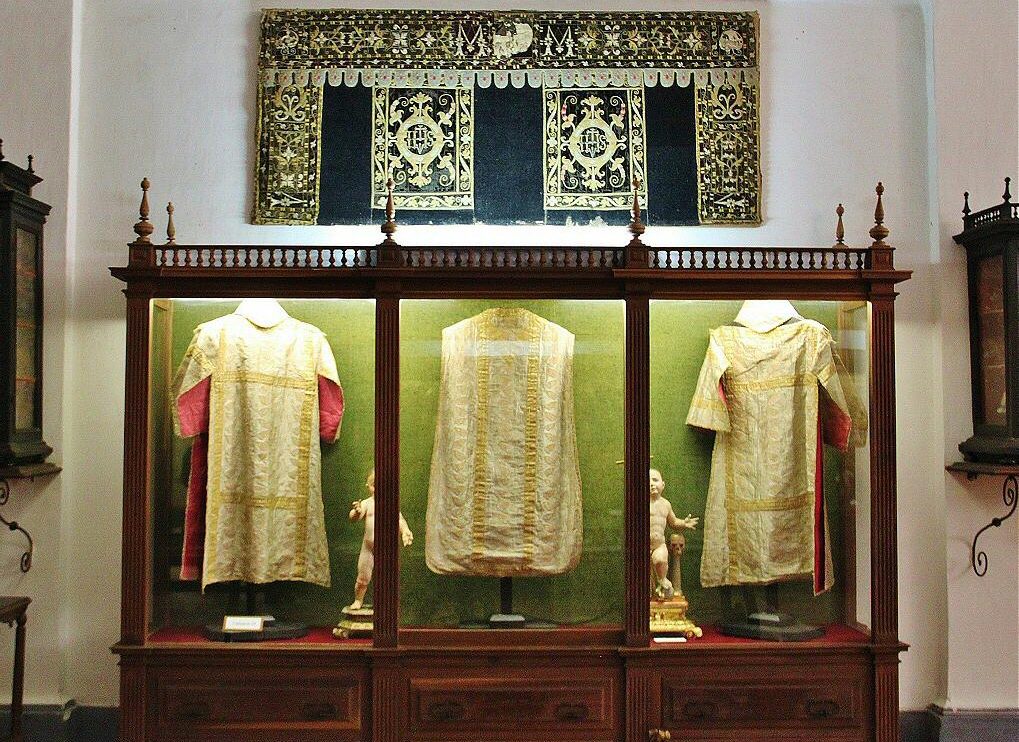

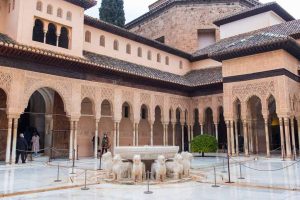
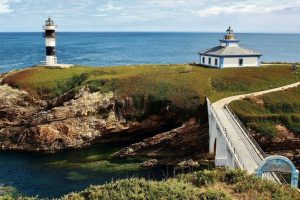











In the forced confinement I have reread some books on the history of Spain. Those who deal with D. Juan de Austria biographically or those who do so tangentially name this town and its collegiate church and it has been very pleasant to find a page that describes it with so much knowledge and rigor.
Without knowing you; I thank you José L. Sarralde
Thanks Ángel, I'm glad you found the article interesting.